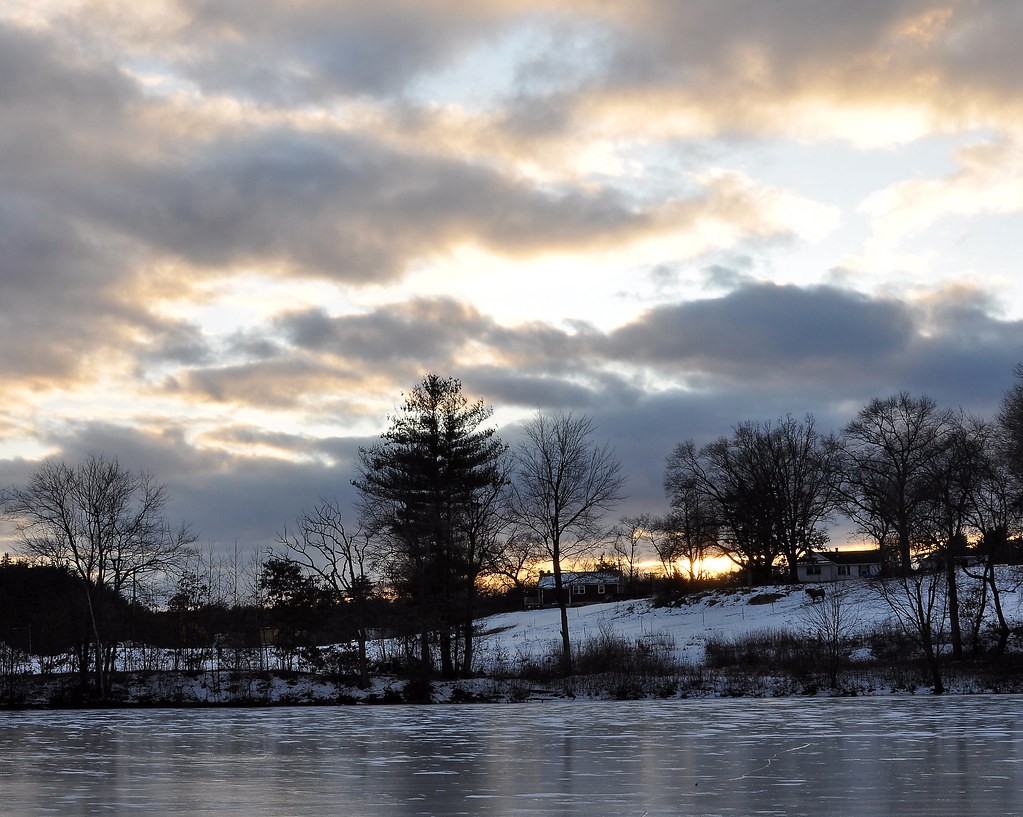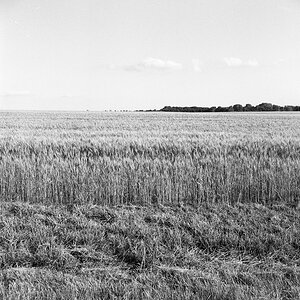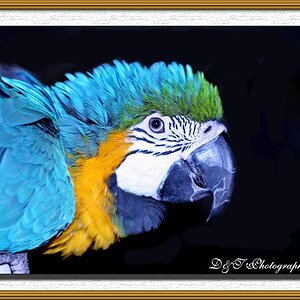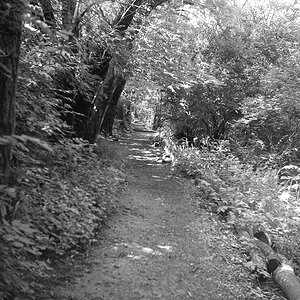tjones8611
TPF Noob!
- Joined
- Sep 28, 2009
- Messages
- 230
- Reaction score
- 0
- Location
- Chattanooga, TN
- Can others edit my Photos
- Photos OK to edit
With your little background, I think you did well for a Nikon.
#1. I like the concept, but I think the timing was off. A better capture would have occurred around 20 minutes earlier. Its hard to get a good photo of the water, the sun, clouds, and trees all in one photo (reflecting), which is well exposed across the scene.
#2.
I think its awesome! Great focus, could be a little sharper though. DOF works well for me. I also perceive four separate subjects, all four mesh excellent, with enough focus for each.
#3.
Agree with others on #3, dont cut off heads or hands in photos. I do like the expression captured. His face, along with PJs and country style sofa makes me think hes about to reap havoc early on a Saturday morning.
#3.
Blan
Now time to repeat using your manual setting
#1. I like the concept, but I think the timing was off. A better capture would have occurred around 20 minutes earlier. Its hard to get a good photo of the water, the sun, clouds, and trees all in one photo (reflecting), which is well exposed across the scene.
#2.
I think its awesome! Great focus, could be a little sharper though. DOF works well for me. I also perceive four separate subjects, all four mesh excellent, with enough focus for each.
#3.
Agree with others on #3, dont cut off heads or hands in photos. I do like the expression captured. His face, along with PJs and country style sofa makes me think hes about to reap havoc early on a Saturday morning.
#3.
Blan
Now time to repeat using your manual setting




![[No title]](/data/xfmg/thumbnail/37/37604-7ad625e983f92f880eb65a264eeef5e4.jpg?1619738148)

